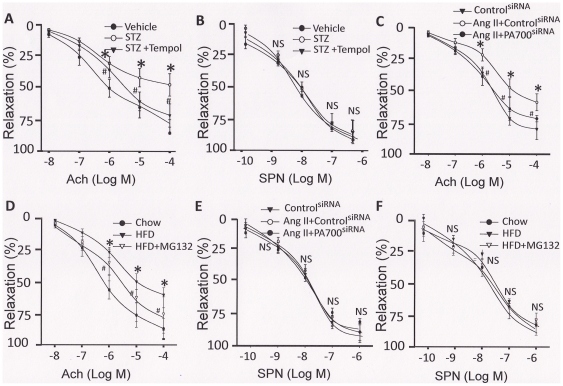Figure 5. Inhibition of the 26S proteasome either by ONOO− inhibition or by MG132 administration rescues endothelial dysfunction in mouse models of diabetes, hypertension, and dyslipidemia.
Mouse models of (A/B) diabetes (STZ: 50 mg/kg/d, sham: sodium citrate, i.p., 5d; Tempol, 1 mmol/kg/drinking water, 2 wks.; n = 5/group); (C/E) hypertension (angiotensin II: 0.8 mg/kg/d, sham: saline; osmotic pump infusion, 14d.; PA700/S10B/control siRNA, i.v. 7d; n = 5/group) and (D/F) high fat-diets-induced dyslipidemia (LDLr−/− mice, normal chow or HFD, 8 wks; MG132: 0.8 mg/kg/d; sham: saline; osmotic pump infusion, 2 wks after HFD and for 6 wks; n = 5/group). AT the end of the animal experiment, aortas were removed for endothelial function assay. The removed aortas were cut into 3-mm rings, and precontracted with 30 nmol/L of U46619 in organ chambers (PowerLab, ADInstruments, Colorado Springs, Co). (A/C/D) Endothelium-dependent vasodilator responses were determined in the presence of acetylcholine (0.01 to 100 µmol/L). (B/E/F) Endothelium-independent vasodilator responses were determined in the presence of sodium nitroprusside (SNP) (0.0001 to 1 µmol/L). All results were analyzed with a one-way ANOVA. * indicates significant v.s. control; NS: not significant v.s. control.

